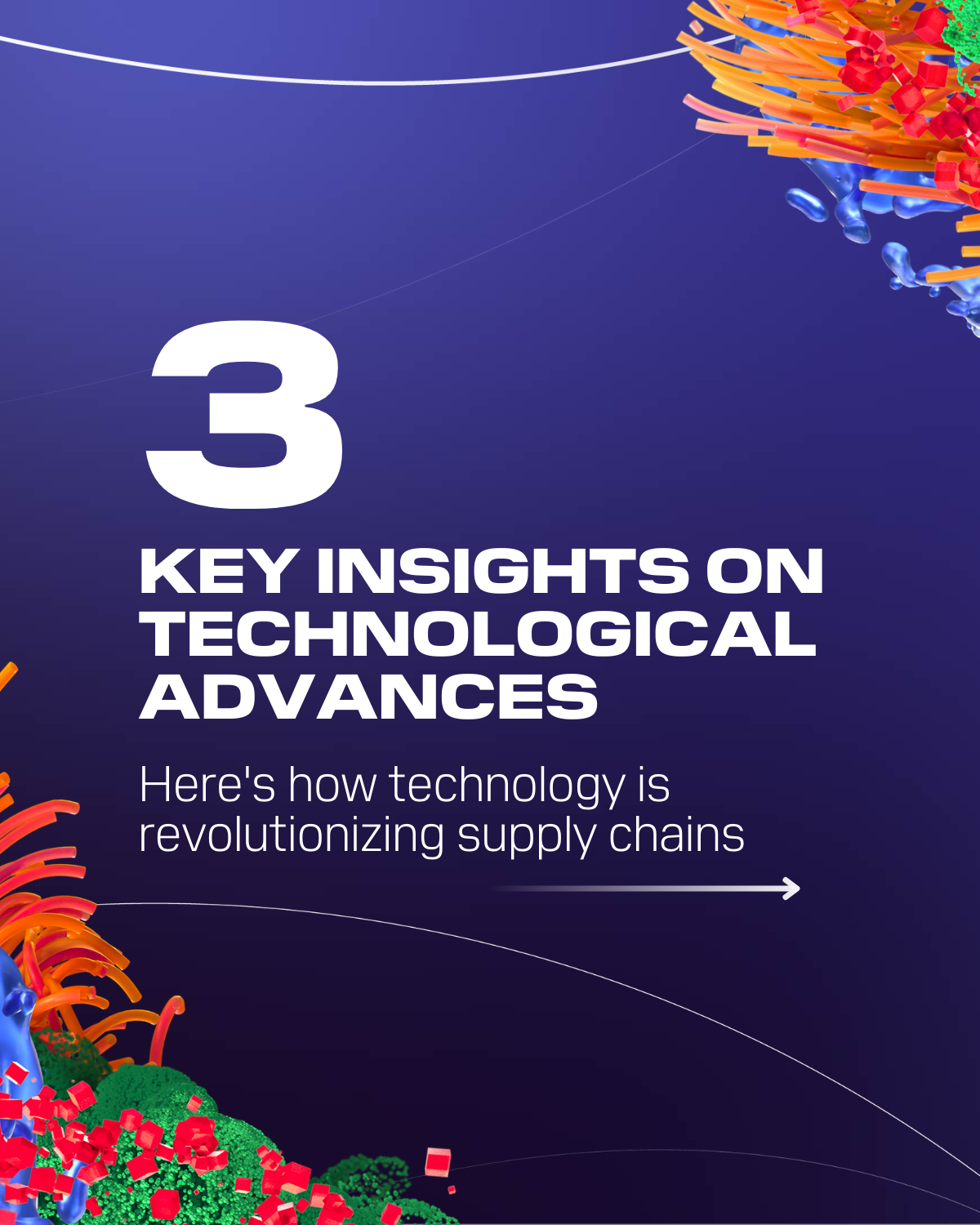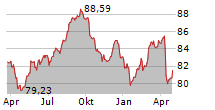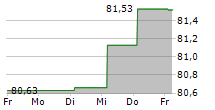
From carbon-slashing optimizations to mind-bending AI efficiencies, the future of supply chains is looking greener, meaner, and smarter.
NORTHAMPTON, MA / ACCESSWIRE / January 2, 2025 / The global supply chain has taken a beating in recent years. From pandemic-induced bottlenecks to geopolitical tensions and climate disasters, supply chains have become a stress test for how businesses adapt - or crumble - under pressure. But as the saying goes, necessity is the mother of invention, and supply chains are undergoing a technological glow-up of epic proportions.
Enter advanced analytics, artificial intelligence (AI), and automation - the holy trinity of supply chain transformation. These tools are not just patching up old systems; they're fundamentally reinventing how organizations manage demand, mitigate risks, and build sustainability into their operations. To investigate the impact of these tools, DP World and Supply Chain Dive co-authored a report, Supply Chains Prepping for a Greener, More Agile Future, in which we found that almost 90% of supply chain leaders are doubling down on sustainable practices, while adopting digital tools that make their networks more agile and efficient.
So, what's driving this revolution? Let's break it down.
Advanced Analytics: Turning Data Into a Crystal Ball
If data is the new oil, then advanced analytics is the refinery. Supply chains generate oceans of data, from inventory levels to delivery schedules, but it's worthless without the tools to make sense of it. Advanced analytics is stepping in to sift through this digital debris, turning raw data into actionable insights that can predict demand shifts, streamline inventory management, and optimize transport routes.
The numbers speak for themselves. Companies using business intelligence report a 80% boost in operational efficiency, according to Edge Delta. For instance, the manufacturing solutions provider Jabil slashed inventory and time-to-market by 50% while trimming lead times and costs by 30% using analytics-driven strategies. And they're not alone. Retail behemoth Walmart leverages analytics to reduce stockouts by 16%, ensuring shelves stay stocked and customers stay happy.
Beyond inventory, advanced analytics is also playing a crucial role in sustainability. By integrating tools like digital twins - virtual replicas of physical supply chains - companies can simulate scenarios to reduce waste, optimize resource use, and slash emissions. DP World found that nearly 60% of executives are using analytics to consolidate shipments, shorten transportation distances, and cut energy use in warehouses. The result? A supply chain that's not just faster, but greener too.
AI: The Brain Behind the Operation
Artificial intelligence has officially graduated from sci-fi to supply chain MVP. Its ability to process complex datasets, learn from patterns, and make real-time decisions has made it indispensable for everything from demand forecasting to supplier management.
Take Microsoft, for example. By embedding AI into its supply chain, the tech giant reduced forecasting errors significantly and optimized operations across the board. According to research from IBM, 50% of companies using AI-powered predictive analytics have cut forecast errors by at least 20%, helping businesses avoid costly overstocking or stockouts. And AI isn't just about crunching numbers-it's about action. AI-driven cobots (collaborative robots) are now working alongside humans in warehouses, handling tasks like packing, sorting, and even defect detection.
The impact is staggering. Companies using AI have reported a 15% drop in logistics costs and a 35% improvement in inventory efficiency, according to McKinsey. But perhaps AI's most exciting application is in risk management. Predictive models can flag potential disruptions-like weather events or supplier delays-before they happen, giving businesses the agility to pivot in real-time. As DP World's survey highlights, 43% of executives see AI as a game-changer for reducing supply chain risks.
And then there's the sustainability angle. Generative AI is helping companies track ESG (environmental, social, and governance) metrics, ensuring compliance with carbon reduction goals. In fact, 84% of supply chain leaders now prioritize vendors with strong decarbonization capabilities, cementing AI's role as both a cost-saver and a planet-saver.
Automation: The Supply Chain's Silent Workhorse
While AI gets the headlines, automation quietly powers the gears of modern supply chains. From robotic process automation (RPA) in back-office operations to IoT-enabled tracking systems, automation is elevating supply chains to new heights of speed and scalability.
Consider enterprise resource planning (ERP) systems, which integrate everything from procurement to logistics into a unified platform. 66% of companies adopting ERP solutions reported improved operational efficiency, according to Oracle. Meanwhile, IoT devices are providing real-time visibility into shipments, inventory, and equipment health. Supply Chain Digital notes that IoT can boost supply chain efficiency, citing the success L'Oréal found managing customer feedback in real time.
But automation isn't just about efficiency - it's about resilience. Automated systems can dynamically adapt to demand shocks, reroute shipments, and even preempt equipment failures. Case in point: Business Insider reported how Caterpillar used IoT and predictive maintenance to save costs and cut downtime.
And let's not forget the environmental benefits. Automated warehouses and fleets powered by electric and hybrid vehicles are slashing carbon footprints while keeping costs in check. DP World's report found that 38% of supply chain leaders are adopting fuel-efficient driving practices, while 37% are switching to energy-efficient transportation methods like electric trucks. In an era where sustainability is no longer optional, automation is leading the charge toward greener supply chains.
The future of supply chains is bright, fast, and green. Advanced analytics, AI, and automation are rewriting the rules, making supply chains more efficient, resilient, and sustainable than ever before. If you're ready to dive deeper into how these technologies are shaping the industry, check out DP World's full report here.

View additional multimedia and more ESG storytelling from DP World on 3blmedia.com.
Contact Info:
Spokesperson: DP World
Website: https://www.3blmedia.com/profiles/dp-world
Email: info@3blmedia.com
SOURCE: DP World
View the original press release on accesswire.com


